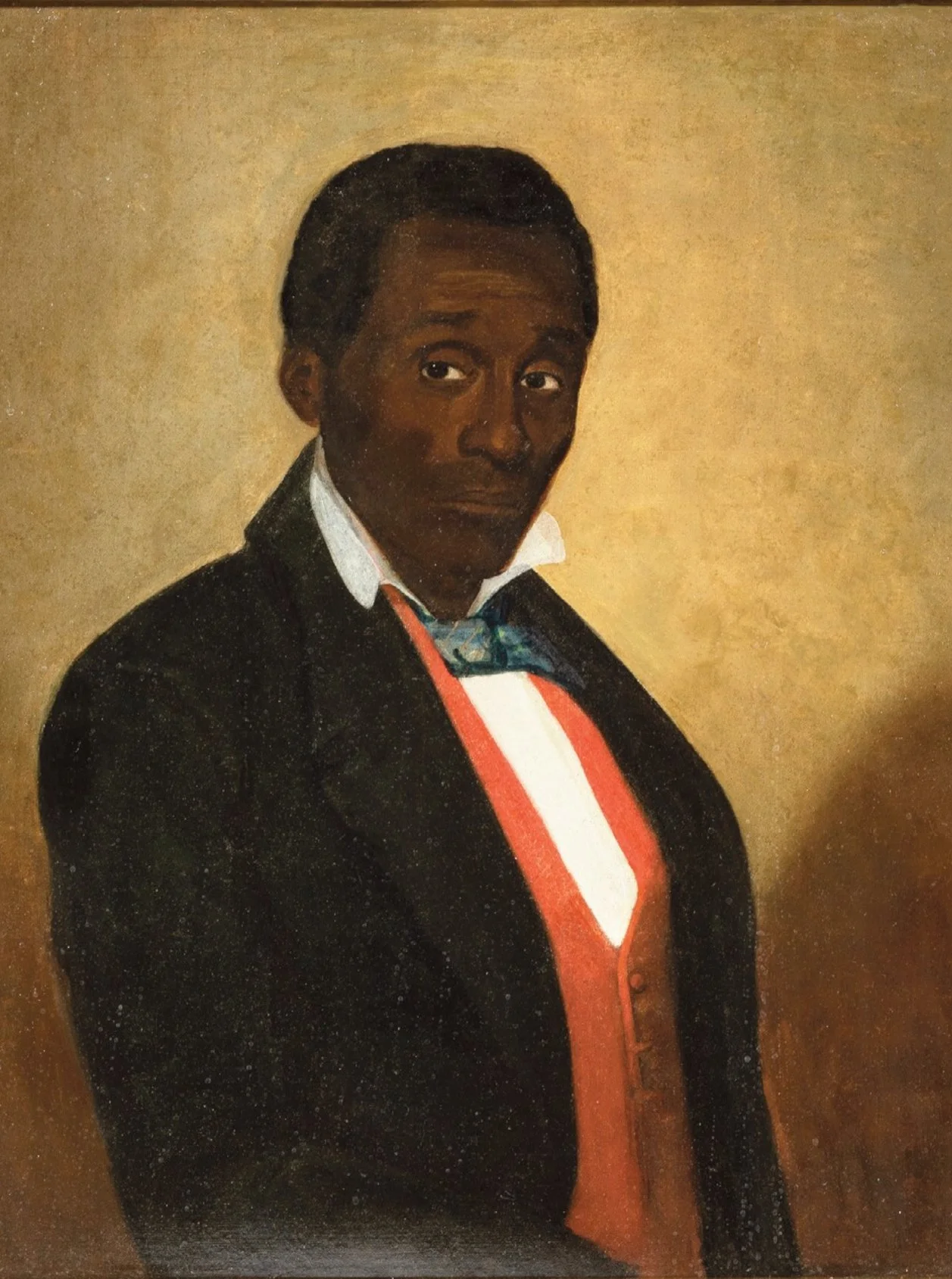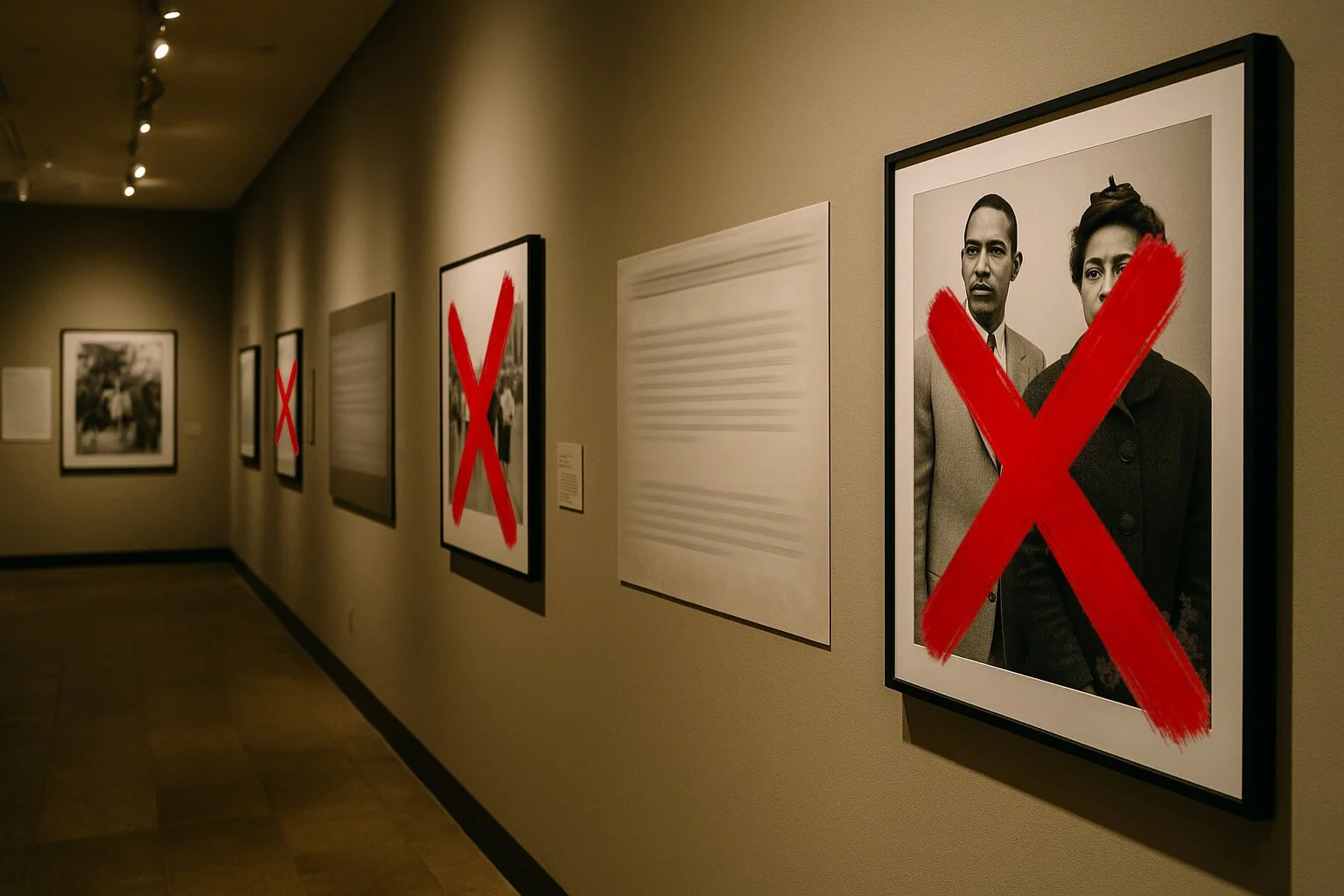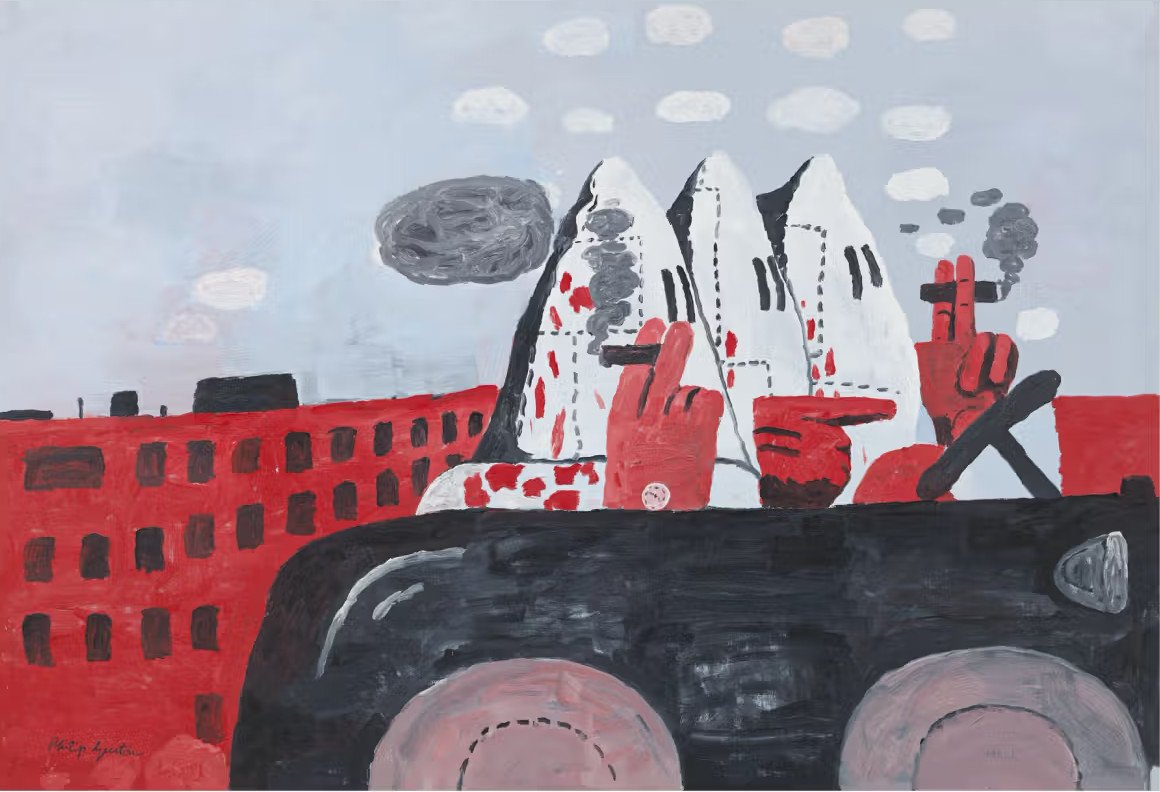Blog.

Uncle Frederick
A newly acquired portrait of Frederick, an enslaved man, reveals the enduring exploitation of enslaved Mississippians. This post examines the history of Frederick and Delia, the portraits’ original propaganda function, and the urgent call for their dignified stewardship in a Black-led institution.

When Curation Becomes Censorship: Why Regional Museums Matter More Than Ever
In August, the White House released a list of Smithsonian museums, singling out the National Museum of African American History and Culture for what it called an excessive focus on ‘how bad slavery was.’ Exhibit texts using terms such as systemic racism were flagged for correction. When curation is dictated not by evidence and scholarship but by political decree, it slides into censorship. Regional museums like ours exist to ensure these stories remain whole, honest, and alive.

The Law Is Ink, Power Is Blood: How Black Museums Forge the Nation’s Conscience
Black museums were never just repositories—they’ve always been battlegrounds. As national institutions face new political pressures to erase our past, the Northeast Louisiana Delta African-American Heritage Museum stands firm in defiant remembrance. Because remembering is resistance.

Should Black Art Museums Feature Non-Black Artists?
Should Black art museums feature non-Black artists? While our institutions exist to uplift Black voices and narratives, there are artists who have engaged deeply with Black culture and history. Does their work belong in Black art museums? Join the conversation as we explore inclusion, mission, and the evolving role of these cultural spaces.
